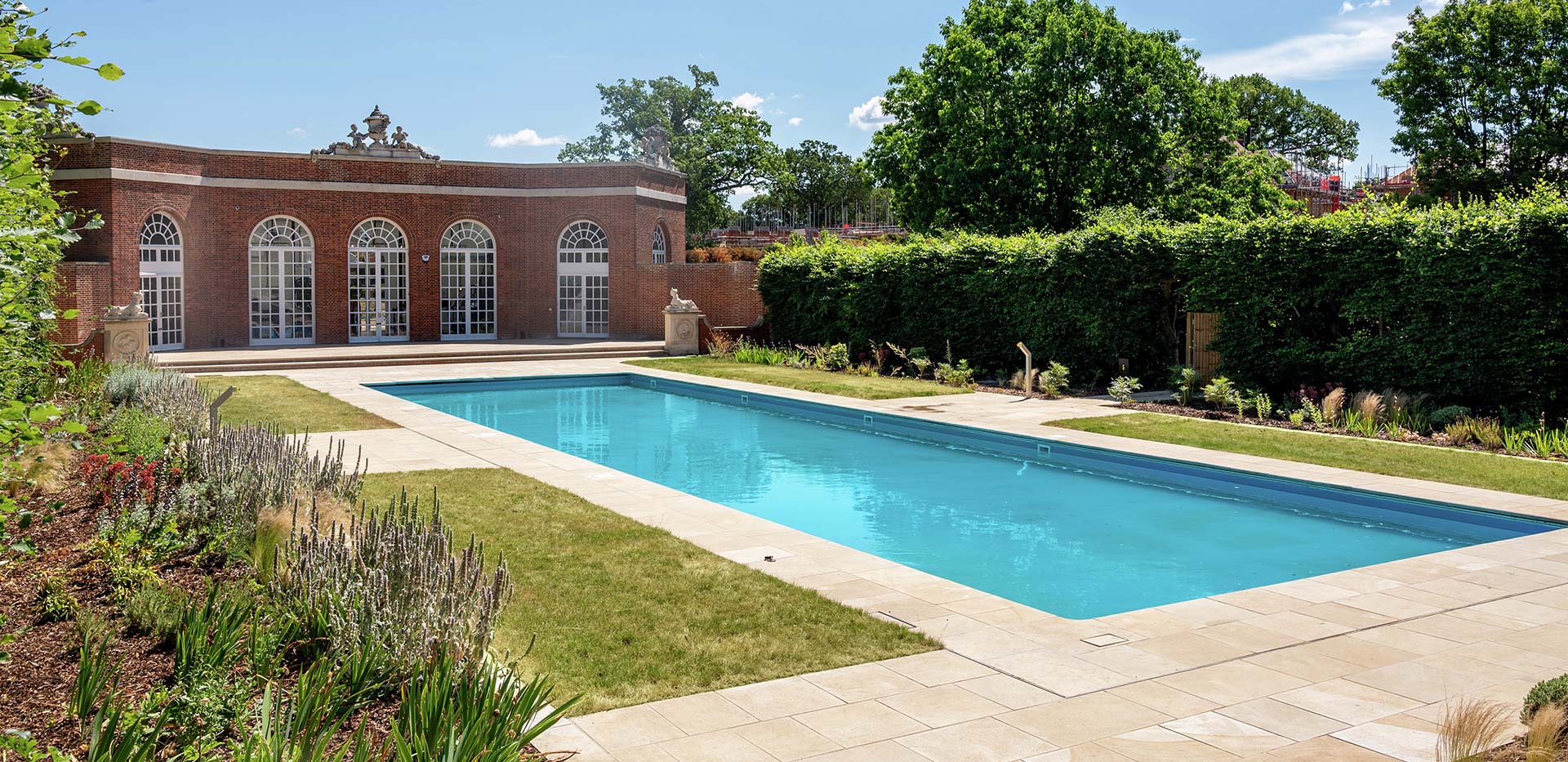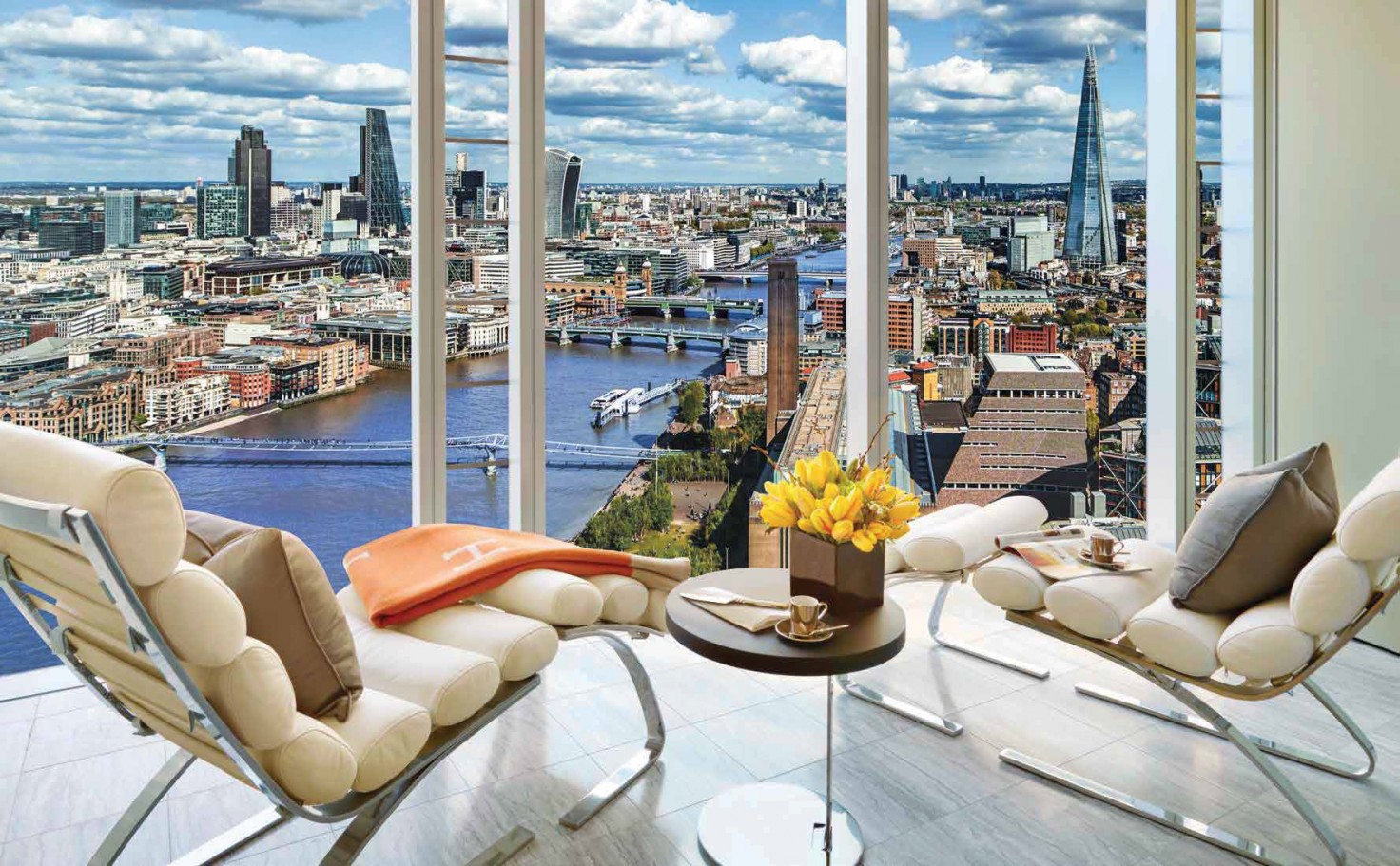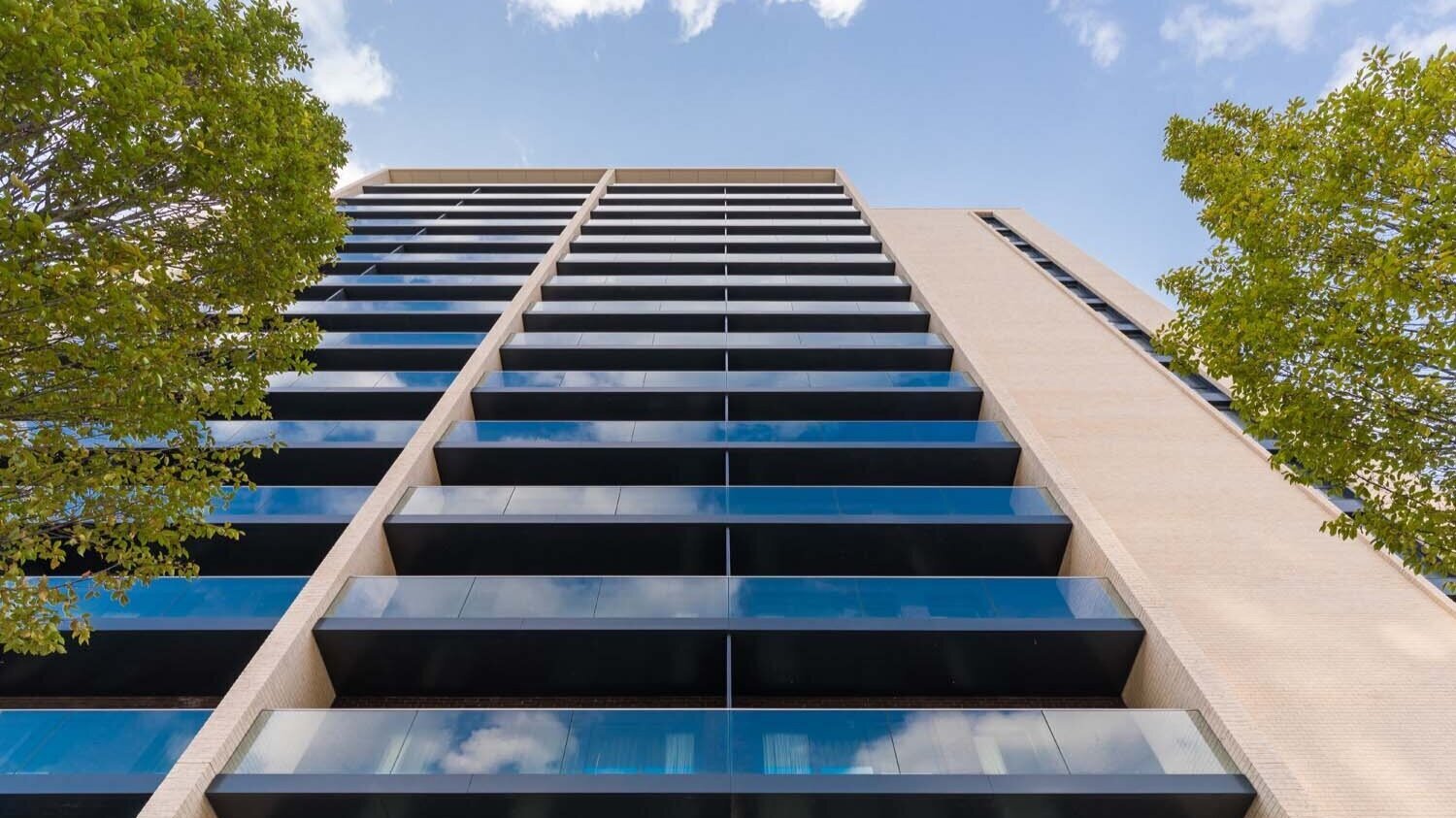Hornsey’s real estate market shows signs of adapting to the changes sweeping through London, with higher density developments catering to a younger demographic.
The charming North London neighbourhood of Hornsey has historically maintained a village-like community feel despite being engulfed by the metropolis of Greater London. Situated just north of Crouch End and west of Wood Green, Hornsey straddles the border between the boroughs of Haringey and Islington. Like many areas in the capital, Hornsey has experienced significant change in its real estate market in recent years as the tide of gentrification washes over. However, remnants of Hornsey’s pastoral past and diverse yet close-knit community spirit remain interwoven into the fabric of the area.
Available Properties
While property prices have risen steadily across London in the past decade, the increases in Hornsey have been more modest compared to many other parts of the city. Detached homes and larger family houses still sell at reasonable prices by London standards, with the average price of £799,995 according to the latest statistics from the Hornsey and Crouch End branch of Savills estate agents.i However, terraced housing and flats have witnessed sharper price growth, reflecting strong demand from young professionals and families seeking good transport links and a neighbourhood feel within easy reach of Central London. The attractive Victorian and Edwardian period properties that line the tree-lined streets of Hornsey are particularly sought after.
New developments are transforming some parts of Hornsey. On the southern outskirts, High Road West sees high-density apartment blocks aiming at city workers and investors sprouting up where shops and pubs once stood. Meanwhile Green Lanes, the vibrant main thoroughfare running through Hornsey, is lined with restaurants, boutiques and independent shops catering to a diverse multicultural community. However, away from the main roads, the quiet backstreets still radiate the calm suburban atmosphere that existing residents have long cherished. Recent arrivals and long-time locals mix in the parks, cafes and neighbourhood events that make Hornsey a tight-knit community despite its accessibility to the capital.
Local real estate market shows signs of adapting to the changes sweeping through London, with higher density developments catering to a younger demographic. Yet tradition still holds strong influence, as local independent firms serve long-time residents and families drawn by the village atmosphere that pervades despite proximity to the capital. With transport links improving and more amenities arriving to serve an evolving population, area looks set to maintain crossover appeal for those seeking both community spirit and city connectivity within the burgeoning London property market.






